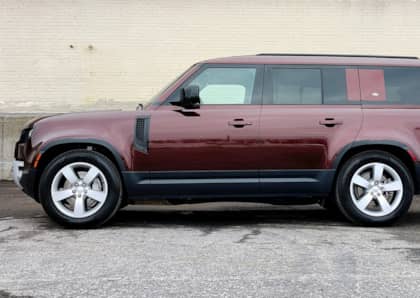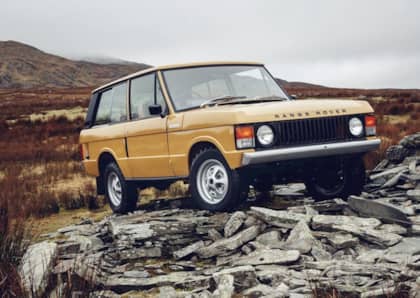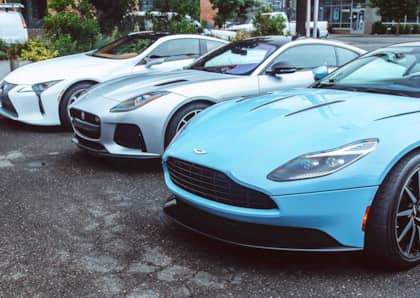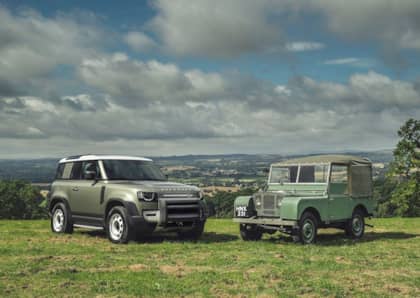Road Test Review: The 2023 Land Rover Range Rover Sport Bridges The Gap Between Off-Road And Pavement Performance
Few SUV brands are as cognizant as Land Rover of the fact that they are selling an image as much as they are a machine. The Range Rover line-up is the perfect example of this philosophy: although the full-size Range Rover rules the roost with its combination of opulence, street presence, and go-anywhere 4x4 cred, each model that sits below it presents a steadily-shrinking, yet strikingly similar overall package to better fit the lifestyles of customers with more modest budgets.

The 2023 Land Rover Range Rover Sport represents the sweet spot for those seeking to maximize their sub-six figure dollars while hewing as close as possible to the promises made by the badge on the hood. Redesigned for the current model year, the Sport borrows its platform and wheelbase from its larger sibling but shrinks its sheet metal and overall length to be more manageable in an urban setting. Those more modest proportions help out on the trail, too, where the Range Rover Sport is just as capable, although equally less likely to be tested out by its core ownership group.
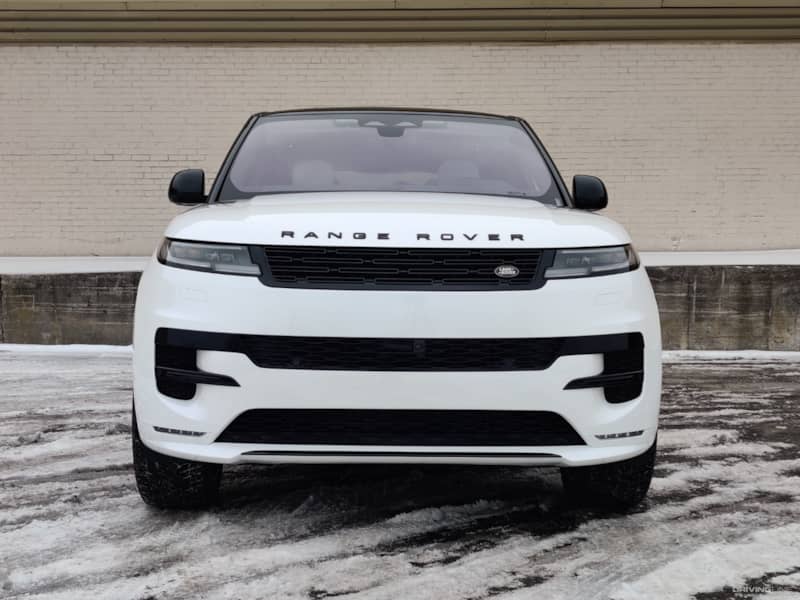
Comparing the Sport to the full-bear Range Rover is exactly what Land Rover hopes prospective customers will do, giving it the opportunity to shake off a little top-tier tinsel onto the more affordable model in the process. From a practical perspective, however, it's more illuminating to contrast the Range Rover Sport against other mid-size luxury sport-utilities like the BMW X5, the Tesla Model X, and the Lexus GX. Closer in price, and similar in beltline, these premium options fall either right on, or slightly to one side of the town-and-country line that the Land Rover Range Rover Sport so expertly walks.
Low And Lithe
The Range Rover Sport might shrink the distance between its front and rear bumper as compared to the stretched-out Range Rover, but it visually fattens its axle straddle by lowering its ride height by 0.8 inches. Fear not, 4x4 fans, as the vehicle's standard air suspension makes it possible to raise and lower ground clearance by a substantial margin. Still, its default stance references the Sport's focus on injecting a little fun into the daily drive, a fact further enhanced by a body structure that is 35 percent stiffer than last year's edition.
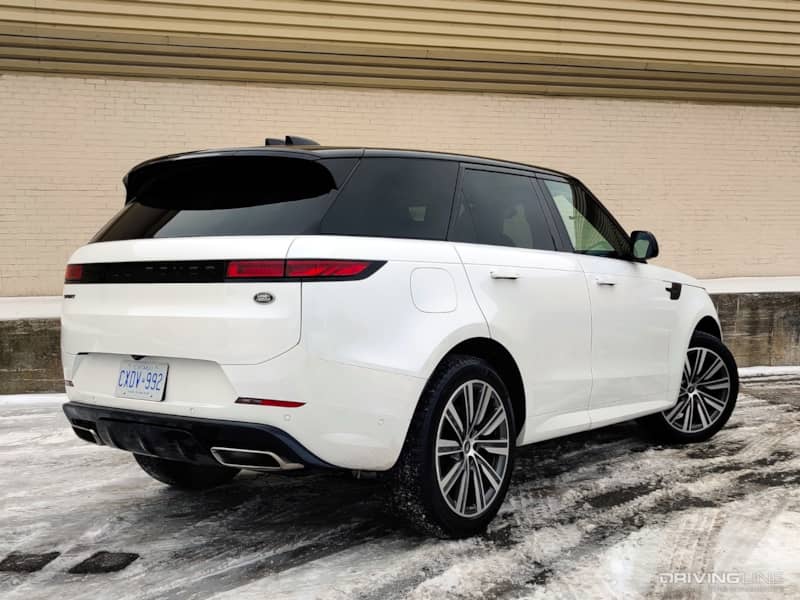
The Sport is lighter, too, than the previous generation truck, shaving a couple of hundred pounds off of the base model. That curb weight is highly dependent on what drivetrain is ordered, for while the standard turbocharged straight-six might check in under 5,000 pounds, the available plug-in hybrid and twin-turbo V8 models add enough beef to eclipse the older truck on the scale.
Turbo Six Power
The version of the SUV I drove was the P400 Dynamic SE, which is equipped with the 395 horsepower version of the vehicle's 3.0L turbo-six. That's 40 ponies more than the entry-level Range Rover Sport, and it also comes with a 48-volt mild hybrid setup and a total of 406 lb-ft of torque. This same engine can be found elsewhere in the Land Rover line-up, including the much heavier Defender 130, but driven back-to-back with the Sport it's clear that the turbo six's efforts are less hampered by heft, giving it respectable straight line speed and a responsive character through its eight-speed automatic transmission.
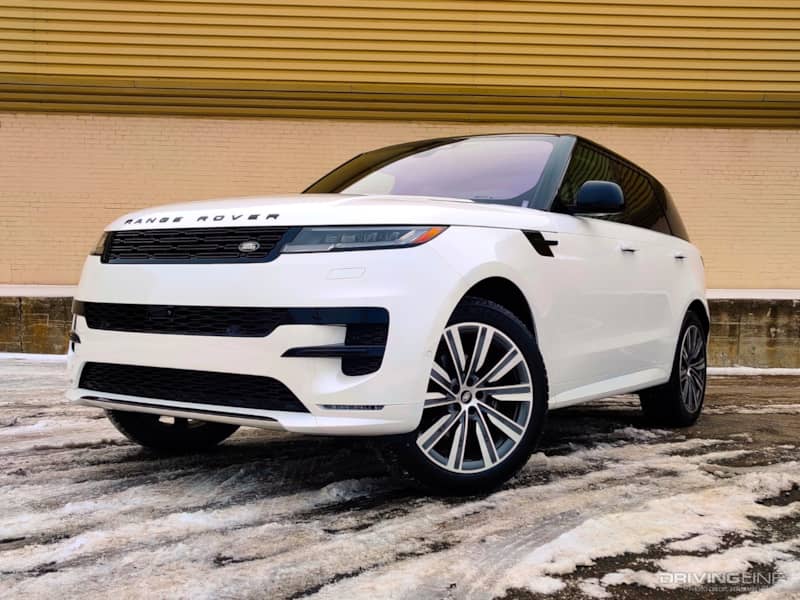
I was also impressed with the Land Rover's handling, which remained competent and smooth regardless of speed (or the condition of the pavement). With the throttle pinned, the Range Rover Sport P400 felt in keeping with the similarly-gifted BMW X5 xDrive40i, which is a few ticks quicker off the line, and it's undoubtedly more rapid than the aging Lexus GX 460 and its naturally-aspirated V8. To keep up with the Model X, however, you'll have to tag in the 523 horsepower twin-turbo V8 found in the P530, and even then it's likely you'll be seeing EV tail lights.
Tale of the Trail
On the trail, it's a different story. The Sport comes with Land Rover's standard complement of off-road driving modes, each one keyed to crush the terrain at hand. With the suspension pumped up to 11.1 inches of ground clearance, you can even leave the vehicle set to 'Auto' so that it can cycle through whatever all-wheel drive settings and traction assists are necessary given what its various sensors are telling it about the mud, snow, or stream the truck is plowing through. Higher end models are also available with a four-wheel steering system that makes tighter turns that much less stressful off the beaten path.
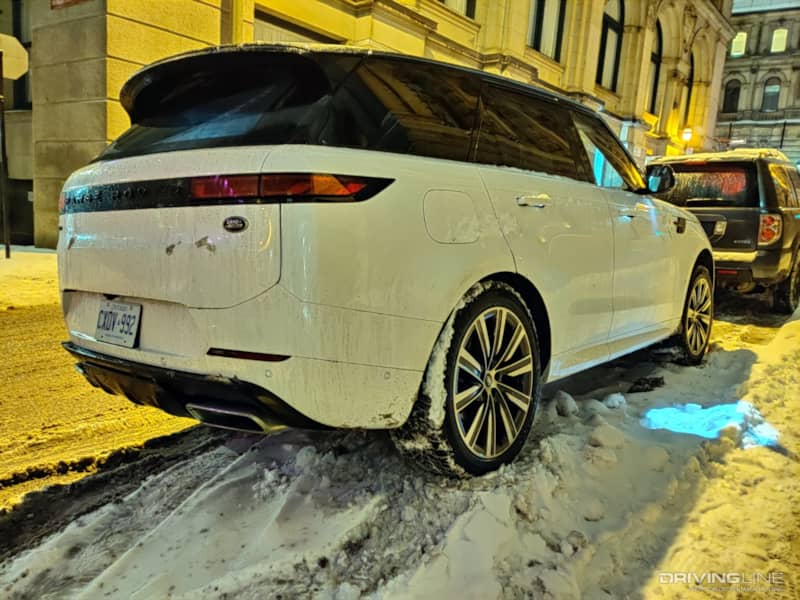
While the X5 could likely keep up with the Sport on more modest trails, the Model X isn't equipped to handle anything resembling hardcore conditions. The GX remains the outlier here, leveraging its rough-and-tumble Toyota Prado background but doing so in a far less sophisticated way, and requiring owners to suffer through a dated experience everywhere else that makes it hard to justify its price tag.
Smoothed Out Cabin
Indeed, the transition from the chunky knobs and shifters found in the Lexus to the smoothed-out surfaces that dominate the cabin of the Land Rover is a jarring reminder of just how far the segment has come since GX designers first put pen to paper. Whether the Range Rover Sport's clean-surface esthetic is to your liking is largely a matter of personal taste, but there's no question that it feels completely in step with the times.
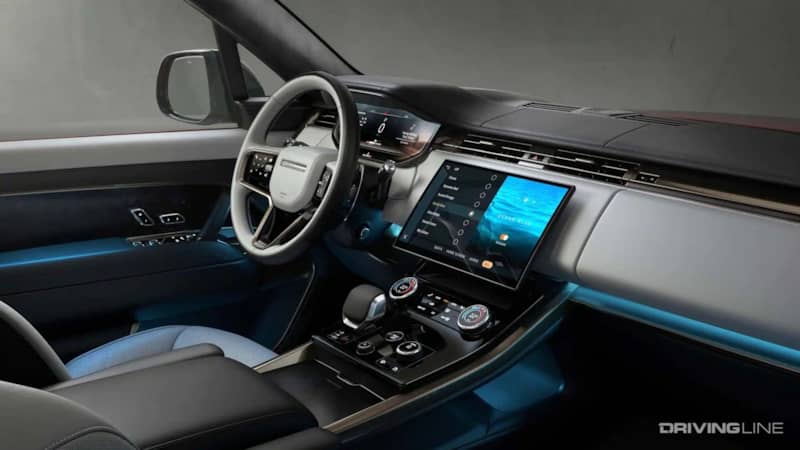
Much of the Sport's cabin is commendable, and the leather, metals, and plastics that make up its living space are worthy of the vehicle's luxury price point. There are a few exceptions—such as the door cards, which seemed to be made of some type of fabric-and-paper material that didn't match the rest of the vehicle's presentation—but overall there is little to complain about in terms of the Land Rover's styling. Still, if you're looking for more eye-catching detail, you'll want to stop by a BMW showroom.
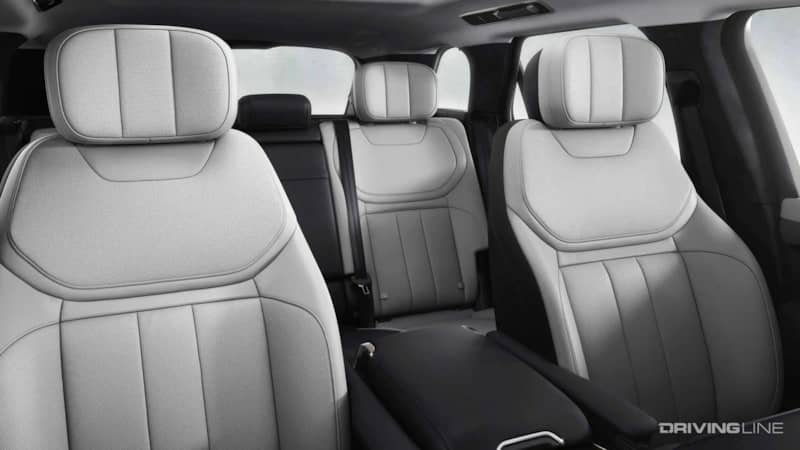
Overall functionality is a little less seamless. You'll have to quickly learn which button pushes transform what dial from climate control to seat heating, as well as dig through numerous menus on the SUV's handsome screen in order to fully take advantage of its various settings and features. To be honest, it's a good thing that the Sport is so good when left to its defaults, because it can be a bit of a hassle to tweak the truck to your liking.
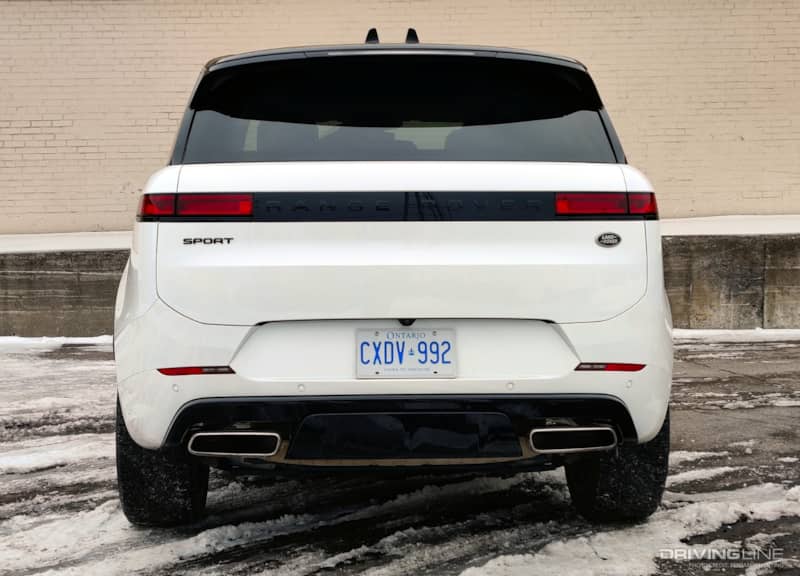
From a practical point of view, the second row of seating is solid for adult riders and the older truck's optional (and cramped) third row has been thankfully banished from the order sheet. Cargo space is more than usable, and is competitive with similarly-sized Euro SUVs.
Pay To Play Off-Road
With a starting price of $83,000 (rising to $90,000 for the Dynamic SE that I drove), the Land Rover Range Rover Sport finds itself in an unusual spot. An all-wheel drive base BMW X5 is $20,000 cheaper (although options quickly eat into that delta), while the monstrous 523 horsepower V8 TT offered by the X5 M50i is available starting at $85,000. For off-road heads seeking a time machine disguised as a luxury truck, the GX's $58,000 MSRP is cheaper than both, with only the Model X pushing well past the Land Rover's ask.
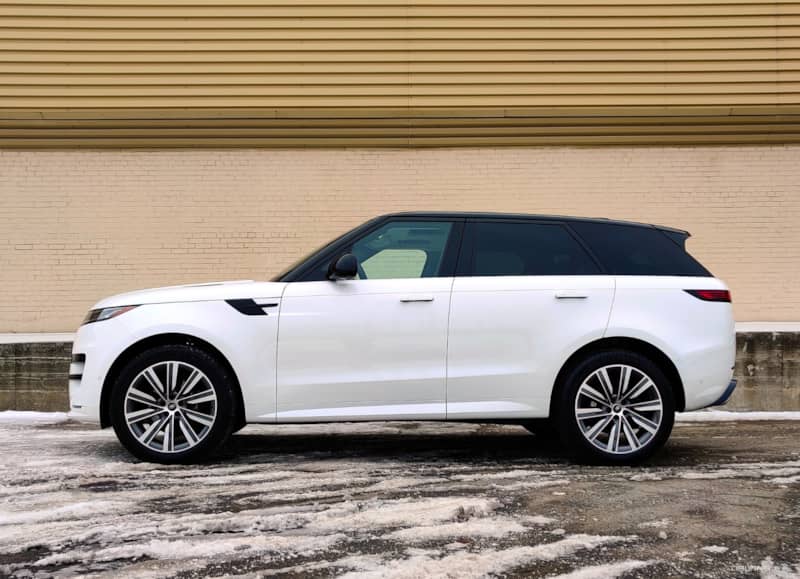
That the Range Rover Sport presents an intriguing alternative to more common BMW, Mercedes-Benz, and Audi SUVs is not in doubt. Neither is the fact that the Sport has been the most popular model in Land Rover's American line-up for nearly 20 years running. It seems there are more than enough fans out there willing to place a high premium on the model's marriage of off-road prowess and visual resemblance to the prestigious Range Rover, and aren't all that bothered by the better value flaunted by less-rugged brands.
More From Driving Line
- Is The 2020 Lexus GX 460 SUV A Worthwhile Luxury Upgrade Over The Toyota 4Runner 4x4?
- Test Drive Review: The 2023 Land Rover Defender 130 is a Plus-Size, 3-Row Off-Road Warrior
- Review: The 2021 Land Rover Defender 90 SUV Returns To Its Rugged Off-Road Roots
- The BMW iX Is The German Brand's First Dedicated High Performance EV SUV. How Does It Fare In A Crowded Electric Market?




